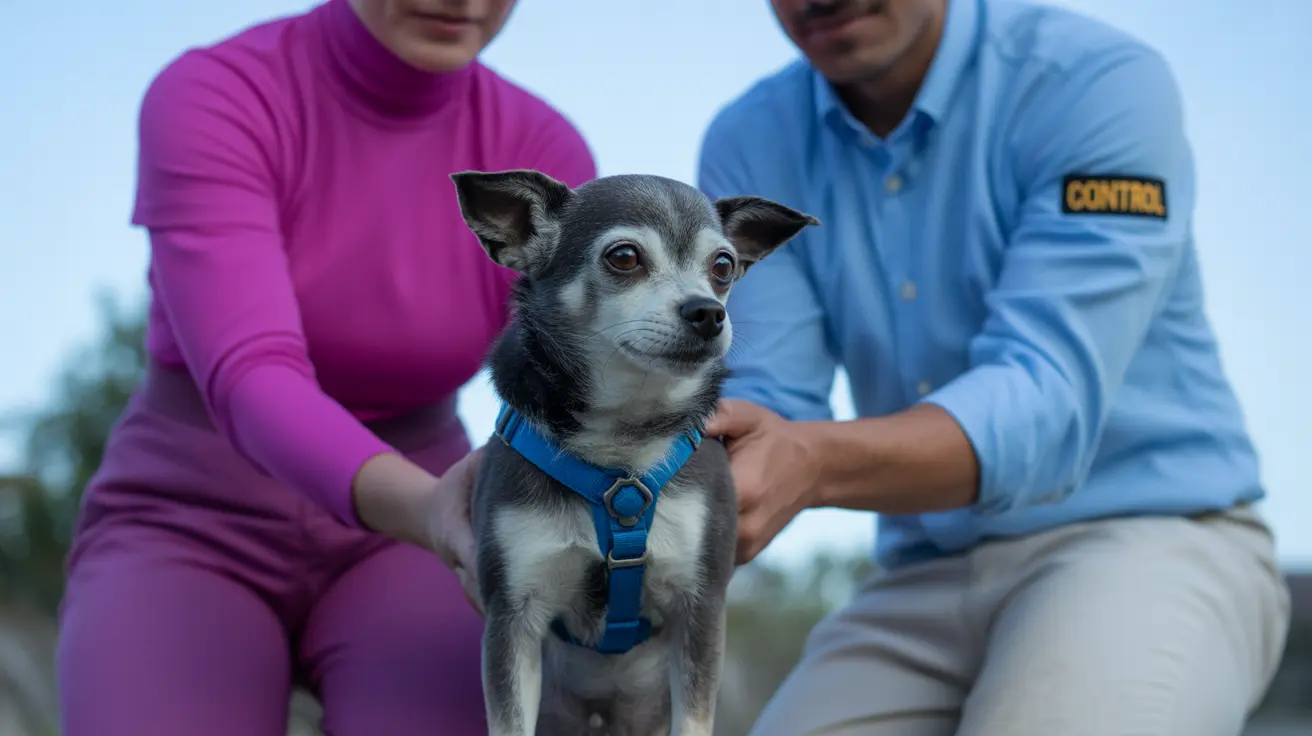Best Ways to Give Pills to Dogs: Tricks, Treats, and Safe Foods
Administering medication to dogs can be a real challenge, especially if your furry companion is smart, suspicious, or simply a picky eater. Fortunately, several vet-approved techniques can make this process much easier—for both you and your dog. This guide explores how to safely and effectively put pills in food, use behavior strategies, and work around common obstacles when giving your dog medication.
Why Dogs Resist Pills
Dogs have a keen sense of smell and taste, often detecting the presence of medication even when it’s well hidden. If your dog has dietary restrictions or has had a negative experience with pills, the task becomes even more challenging.
Best Foods to Hide Pills In
The most commonly recommended method is to place the pill in a small amount of soft, tasty food. Make sure the chosen food is safe for your dog’s health condition, particularly if they have allergies, pancreatitis, or are on a prescription diet. Here are some favorites:
- Peanut butter (xylitol-free)
- Cheese
- Liverwurst
- Cooked sweet potato
- Boiled chicken breast
- Hot dog pieces (cut small to avoid choking)
- Marshmallows (in moderation)
- Plain canned dog food
- Moldable soft dog treats
- Pill pockets (commercially available)
- Lunch meat (not overly salty)
- Plain yogurt
For bitter or strong-smelling pills, a dab of liver paste or wet food helps mask the scent and taste.
Behavioral Techniques to Encourage Swallowing
- Bait and Switch: Offer one or two unmedicated treats, follow with the medicated one, then another clean treat to encourage quick swallowing without scrutiny.
- Trick and Treat: Ask your dog to perform known tricks and use the medicated treat as part of this reward sequence to distract them.
Administering Pills Directly
If your dog consistently detects and avoids disguised pills, you may need to administer the medication directly. Here’s how:
- Gently grasp your dog’s muzzle.
- Tilt their head back and open their mouth.
- Place the pill far back on the tongue, ideally past the 'hump.'
- Close the mouth and gently blow on the nose or stroke the throat until they swallow.
Watch for signs of successful swallowing, such as licking the nose.
Tip: Use a pet piller (plunger tool) if you’re afraid of being bitten or need better reach.
Hygiene and Preparation Tips
- Prep ahead: Get all pills and treats ready out of your dog’s view.
- Wash hands: Handle pills and food separately to avoid transferring medicinal scent.
Watch for Deception
Some clever dogs may hold a pill in their mouth and later spit it out. Always check your dog's mouth and monitor their behavior to ensure the pill isn’t hidden in their cheek or dropped.
When to Call the Vet
If your dog repeatedly refuses medication or shows stresses like dehydration, excess drooling, lethargy, or loss of appetite, consult your veterinarian immediately.
Veterinarians may recommend:
- Flavored chews or compounded liquids
- Transdermal gel formulations
- Injectable medications
- Hospital-administered doses for urgent cases
Warning: Never crush pills or open capsules unless instructed, as this can lessen effectiveness or pose risks.
Conclusion
Successful medication time with your dog is achievable with the right mix of tasty disguises, gentle training techniques, and preparation. By observing their reactions and adjusting your approach, you can build a stress-free routine. When in doubt, always seek professional veterinary advice to ensure your furry friend receives the care they need.





